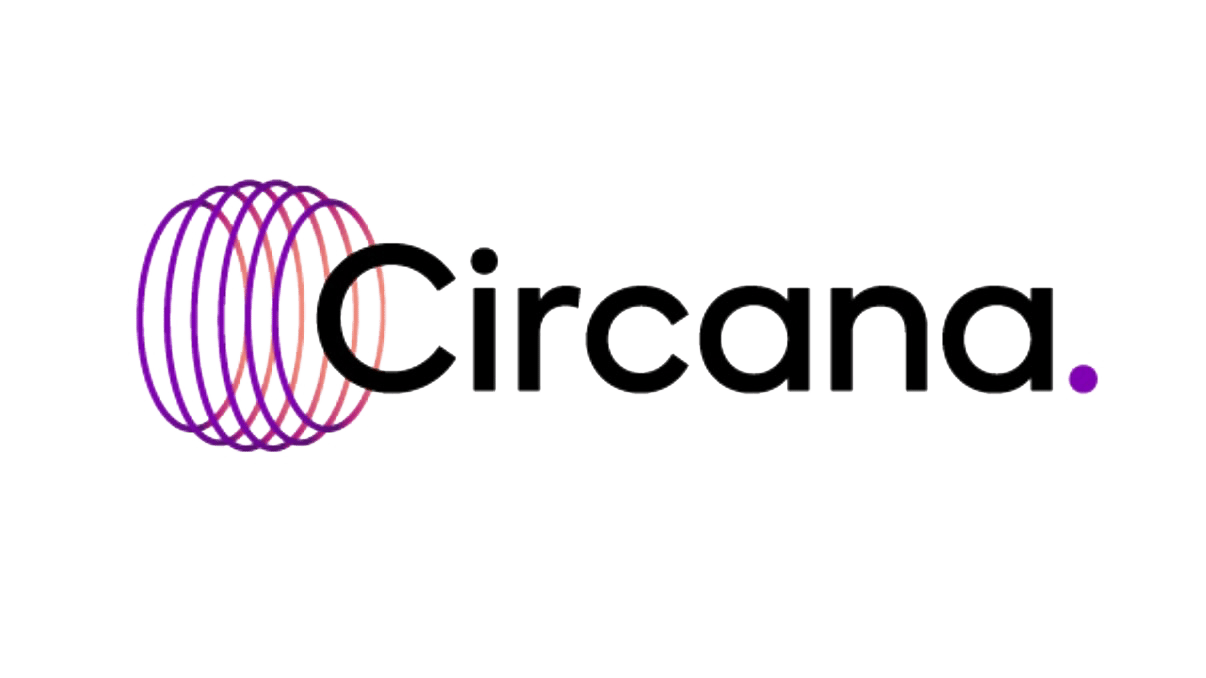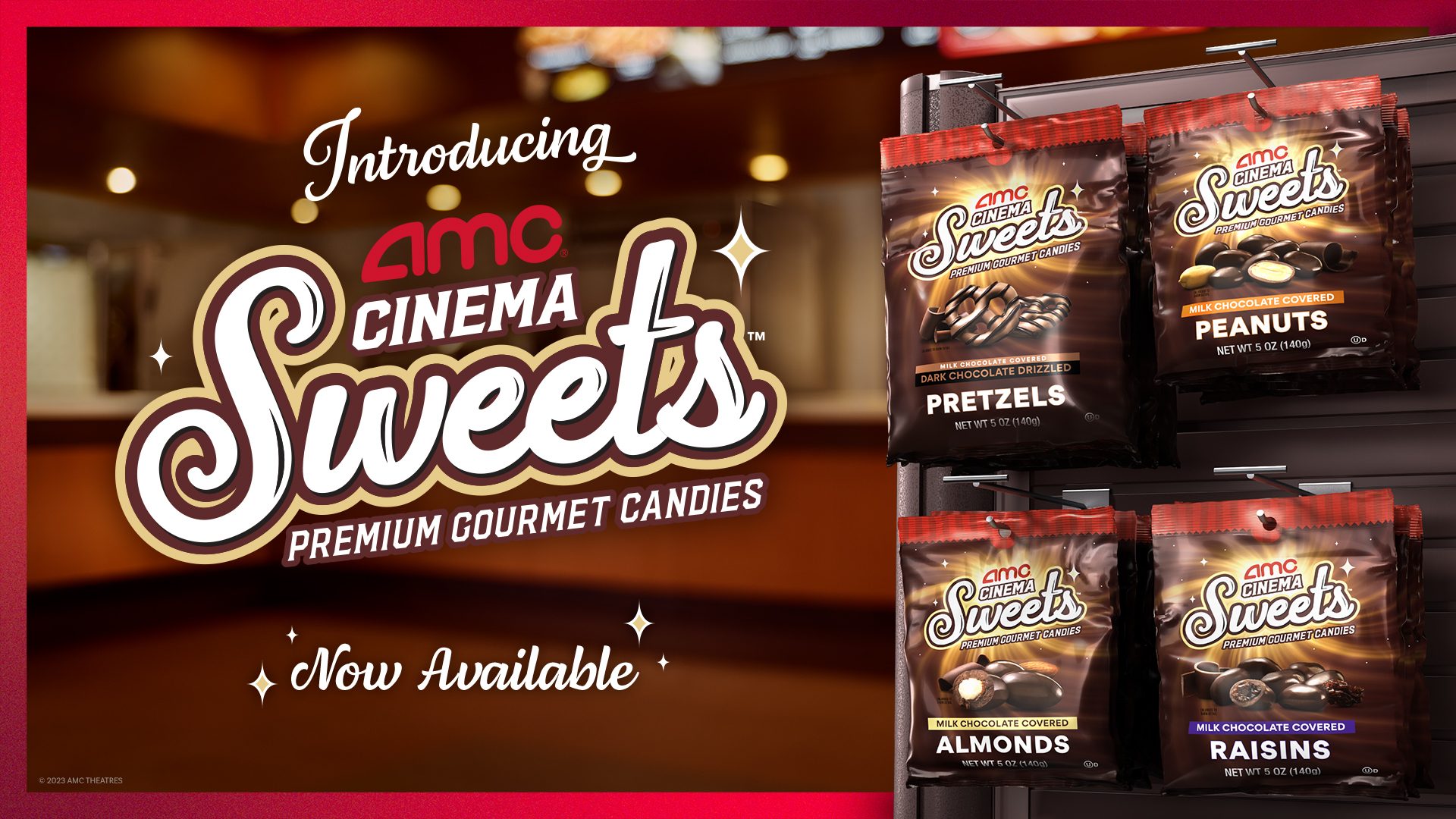
Courtesy of Kellanova

This ancient statue, found in the Louvre’s Ancient Egypt Gallery, shows a woman kneading bread. Photo: Gary Todd

publisher'S NOTE
Treats cost a bit more at the store these days. The overall U.S. economic outlook has remained positive this year—performing better than expectations—and our consumer-spending outlook also is bright. However, food industry inflation is taking its toll, and overall unit sales for candy and confectionery have declined.
The food industry has endured more than its fair share of cost-input increases over the past three years, resulting in higher prices at retail. Consumers are feeling the squeeze, and that influences how they shop. Inflation changes how often shoppers purchase candy, confections, and other treats, with price sensitivity notably influencing decisions.
Because of this shift in consumer spending behavior, candy retailers and producers are seeing opportunities to capitalize on value-tiered candy and confectionery brands. This is part of our normal economic cycles. In tighter times, a standard consumer response is to gravitate toward value-tier product options, including private label.
The higher price points at retail have sent year-over-year dollar sales on an upward trajectory. Therefore, in order to get a reliable look at where we are seeing true growth across the various categories covered in our annual Candy Industry State of the Industry reporting, we need to look at both dollar sales and unit sales growth.
Nielsen IQ found unit sales of store brand candy, gum, and mints, for the 52 weeks ending in May 2024, were up 7.2%, while national brands saw a cumulative loss of 4.3% (The Wall Street Journal, May 29, 2024, “Store Brands Are Filling up More of Your Shopping Cart”).
Market opportunities for affordable indulgences
Douglas J. Peckenpaugh
Group Publisher

Images courtesy of Eli's Cheesecake
Courtesy of Tesco

Courtesy of Walgreens

Courtesy of IBIE
Circana data (for the 52 weeks ending June 16, 2024), which forms the backbone our annual State of the Industry analysis, tells a similar story—and private label shines through the analysis. A few standouts with particularly notable private label increases include:
- Private-label chocolate candy (larger than 3.5-oz.), with dollar sales up 14.3% to $578.1 million, and unit sales up 20.1%
- Private-label chocolate candy (smaller than 3.5-oz.), with dollar sales up 11.8% to $52.7 million, and unit sales up 18.3%
- Private-label sugar-free chocolate candy, with dollar sales jumping 757.1% to $2 million, and unit sales up 866.9%

HOVER OVER CHART TO SCROLL DOWN
Source: Circana OmniMarket™ Total Store View | Geography : Total US - Multi Outlet w/ C-Store (Grocery, Drug, Mass Market, Convenience, Military and Select Club & Dollar Retailers) | Time : Latest 52 Weeks Ending 06-16-24
Store brands offer value to shoppers partly because the products have minimal marketing dollars baked into the price point. Despite a lack of broad advertising promotion of store brands, sometimes lightning strikes. Influencers help drive sales, as seen with the recent TikTok attention garnered by some new—and quite innovative—“peelable” mango gummy candies from Walgreens under its Nice! line (“Walgreens Gummy Mango peelable candy takes off on TikTok,” Feb. 6, 2024).
Retailers also know that strategically developed store brands can compete in the premium product set for a slightly higher price point—but still below comparable national brands. In early 2024, British retailer Tesco released 10 new chocolate bars across its Tesco and Tesco Finest own brand product sets, including single-origin options hailing from Peru, Ecuador, and Côte d’Ivoire (“Tesco debuts ten new chocolate bars,” Feb. 14, 2024, FoodBev Media). Some of the elegant options in the line include Orange Dark Chocolate, Biscuit & Raisin, Pecan & Honeycomb, and Whole Hazelnut Dark Chocolate.
Aligning with opportune occasions for candy consumption is also key to building incremental market share. When going to the movies, the price of the tickets never compares to what patrons can potentially spend at the concession counter—and national brands typically dominate the candy selection. To address this opportunity, AMC Theatres made a strategic move into the premium private label candy space in late 2023 with its Cinema Sweets line—premium chocolate-covered nuts and other confections offered at a competitive price point.

Courtesy of AMC Theatres
Image courtesy of angel_nt via iStock / GettyImages Plus



